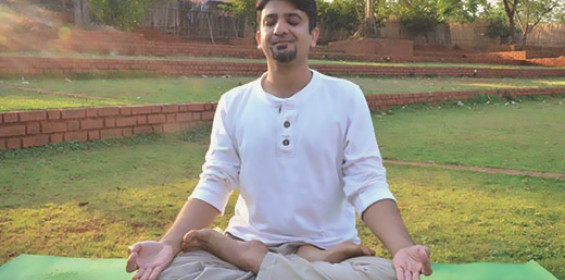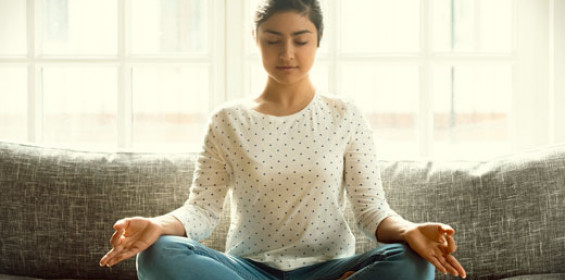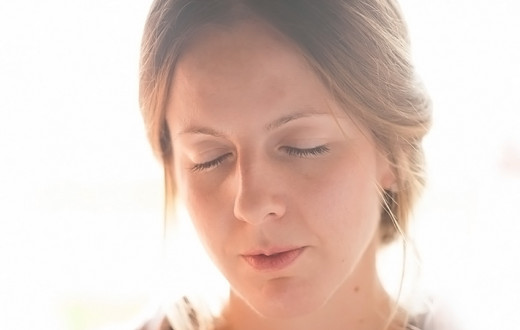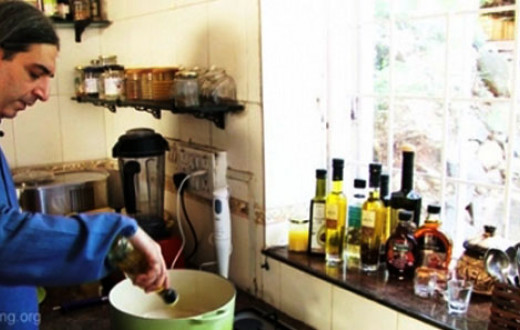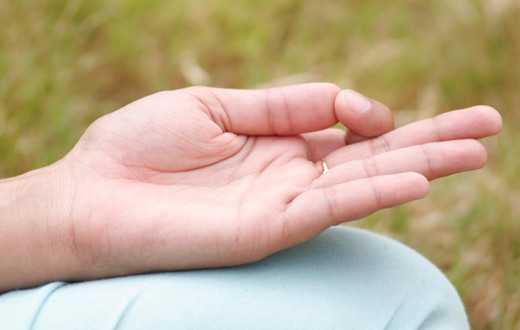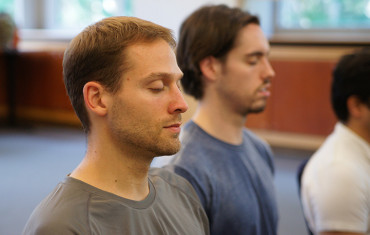Nowadays, family time is a luxury. Meditation with family is a potent tool to bond with children apart from its profound benefits to lead a happy and healthy life. Meditation is a stress reliever but it can also be a favourite family pastime. Here are a few tips on how to meditate as a family:

Start early, start young: Age is just a number for meditators. Toddlers and young children can have a taste of it by watching their parents meditating. What!? If it’s impossible to meditate with children, play-act meditation (Serious meditation can take place behind the doors, away from children.) Children learn by mimicking. When they see their parents doing meditation at a particular hour, they also mimic it as a fun activity.

Introduce meditation magic: The key to generate the level of interest lies in how you introduce meditation! This holds true for all age groups. Psychologists are of the opinion that meditation should be introduced to people when they are calm and quiet. With regular practice, meditators gain the skill of accessing bliss during troubled times.
Parents and children are comparatively less busy in the early morning and bedtime. Though bedtime is not the ideal time for meditation, children and teens can make meditation a part of their bedtime routine. Meditation before bedtime reduces insomnia. It also helps reduce pre-exam stress and anxiety. To prepare your children for every eventuality, enroll them in the best meditation programs.

Meditation routine: Mornings are best for meditation. Evenings are second best. Whichever you choose, stick to it religiously. Try to include more members to your meditation routine. With commitment and absolute faith, you can follow a meditation routine without a miss. Once you get a knack for meditation, it’s no longer a routine! You wait for that hour eagerly.

Meditative breathing: Introduce deep breathing to toddlers and preschoolers. Make your children sit in a comfortable position. Comfy yoga poses like cross-legged sitting or baby cobra are good to go! Help them to watch mindfully simple physical activities like the belly movement with inhalation and exhalation. Emphasize the benefits of practicing meditation after every session.

Family meditation center: Ideally, your meditation area should be spacious enough to include all members of your family. Collective or group meditation is more impactful for every participant. Group meditation offers the opportunity to connect dynamically.
Parents and children have limited views. Parents often forget their own childhood and younger days. They expect children to respond with wisdom. Similarly, children don’t rely on the experiences gained by parents. Collective meditation helps break these barriers.

Embrace diversity: Accept personal rhythm for meditation. In the case of young ones, be more liberal. Start with 5-minute meditation sessions. You can set higher targets gradually. Help them learn to embrace distractions like the sound of a television or the ringing of a doorbell. This method will certainly help children to sit or lie down for a longer period.

Don’t give up: Children can be very restless after just a few minutes of sitting quietly. They may resist any attempts to make them meditate. Maybe they show lots of interest one day while the very next day, they don’t want to meditate at all. Parents are the biggest influencers in the lives of their children. When they see you sticking to your meditation routine religiously, they get the inspiration to meditate for sure.
Add a few minutes of meditation as a family ritual. It will certainly help you raise the positivity level of the household and forge a healthy bonding with each member of your family.

